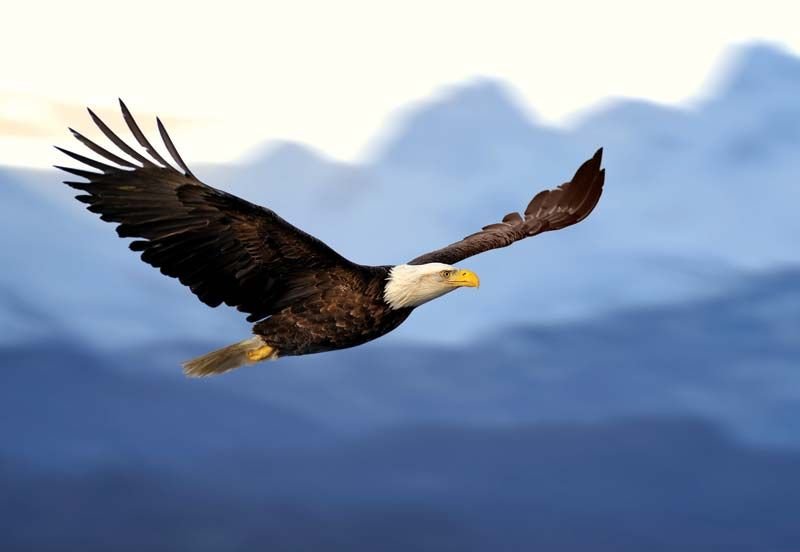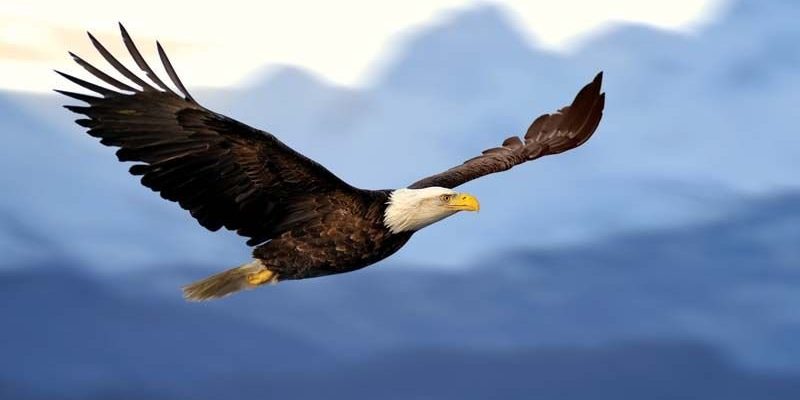
To understand the answer, we need to dive into what “threatened” and “endangered” really mean. In essence, a *threatened* species is likely to become endangered in the near future, while an *endangered* species is at a greater risk of extinction. It’s a bit like watching a storm cloud gather; you know that rain is coming, but you don’t know exactly when. Just like that storm, the fate of eagles hangs in the balance, impacted by various factors that we’ll explore in this article.
Types of Eagles and Their Conservation Status
There are over 60 species of eagles worldwide, and their conservation status varies widely. Some, like the Bald Eagle, have made a remarkable recovery due to conservation efforts, while others remain in serious jeopardy. The Golden Eagle is another well-known species, often found in North America, Europe, and Asia. Depending on where you look, they might be classified as *least concern* or *near threatened*.
Eagles’ statuses can change based on their habitat, food availability, and human activity. For instance, the Steller’s Sea Eagle, found in parts of Russia and Japan, faces threats from habitat loss and pollution. This all begs the question: how do we keep track of these wonderful birds and their well-being?
Threats Faced by Eagles
Eagles face numerous threats that can push them toward the edge of extinction. One of the most significant is habitat destruction. As cities expand and forests are cleared, eagles lose places to nest and hunt. This change in landscape dramatically affects their population.
Pollution is another critical factor. Eagles are at the top of the food chain, meaning they often accumulate toxic substances from the environment, like pesticides. These harmful chemicals can impact their reproductive health, leading to fewer eggs or even causing deformities in chicks. It’s like trying to build a house on a shaky foundation; without a solid base, everything else collapses.
Additionally, climate change poses an ever-growing threat. As temperatures rise and weather patterns shift, the ecosystems eagles rely on can become unstable. This might mean fewer fish in the rivers for fish-eating eagles or changes in prey availability for those hunting on land.
Conservation Efforts for Eagles
Thankfully, various organizations and governments are working diligently to protect eagles and their habitats. In the U.S., the Bald Eagle was once on the brink of extinction, but thanks to strong conservation laws and protection efforts, its numbers have rebounded dramatically. This success story shows that with the right resources and commitment, we can make a difference.
Efforts like nesting protection are crucial. Many conservationists monitor eagle nests to ensure they’re safeguarded during breeding seasons. This means limiting human disturbance and sometimes even relocating nests to safer locations. It’s a bit like a teacher ensuring their students have a quiet place to study, free from distractions.
Moreover, education plays a powerful role. Raising awareness about the importance of eagles and their habitats can inspire individuals and communities to take action. Integrating eagle conservation into local schools can create a new generation of advocates for wildlife.
The Role of Eagles in Their Ecosystems
Eagles are more than just beautiful creatures; they play a vital role in their ecosystems. As apex predators, they help maintain the balance in the food chain. Without these majestic birds, populations of their prey could explode, leading to overgrazing and an imbalance in plant life.
Imagine a neighborhood barbecue where one type of food is available in overwhelming quantities. Eventually, people would get sick of it! Similarly, without eagles keeping prey populations in check, our natural landscapes can suffer. This balance is essential for the health of the ecosystem as a whole.
Furthermore, eagles can serve as indicators of environmental health. If eagle populations are declining, it often signals that something is wrong in their habitat—whether that’s pollution or loss of food sources. They act as a check engine light for nature, letting us know when we need to pay attention.
How You Can Help Eagles
You might be wondering, “What can I do to help?” There are several ways individuals can get involved in eagle conservation efforts. Here are a few simple actions you can take:
- Support local conservation organizations: Donations or volunteering your time can make a real difference.
- Stay informed: Educating yourself and others about eagle conservation can spread awareness.
- Practice responsible outdoor behavior: Respect wildlife by keeping your distance and not disturbing nests.
- Advocate for policies that protect eagle habitats: Contact local representatives to support conservation laws.
Even small actions can create a ripple effect, leading to significant changes over time.
Understanding the Future of Eagles
So, where does that leave us? When we ask, “Is the eagle threatened or endangered?” the answer isn’t entirely straightforward. While some species are recovering, others still face significant challenges.
As we’ve discussed, threats like habitat loss and pollution continue to impact eagle populations, but the successes of conservation efforts give us hope. It’s a reminder that even when things seem grim, there’s always room for change and improvement.
We need to stay vigilant, support conservation efforts, and ensure these extraordinary birds continue to soar in our skies for generations to come.
In conclusion, understanding the status of eagles is crucial. Whether they are threatened or endangered, awareness is the first step toward meaningful action. Together, we can protect these incredible birds and the habitats they depend on, ensuring they remain a symbol of freedom and beauty for all to enjoy.

